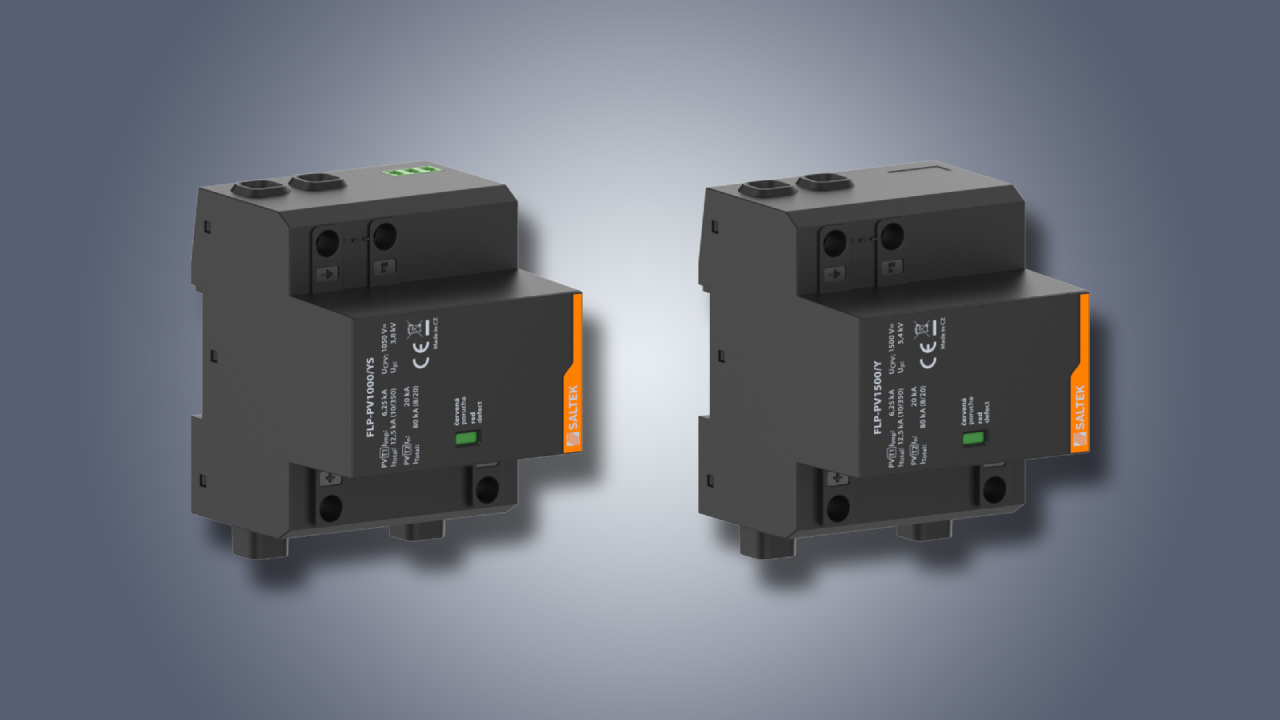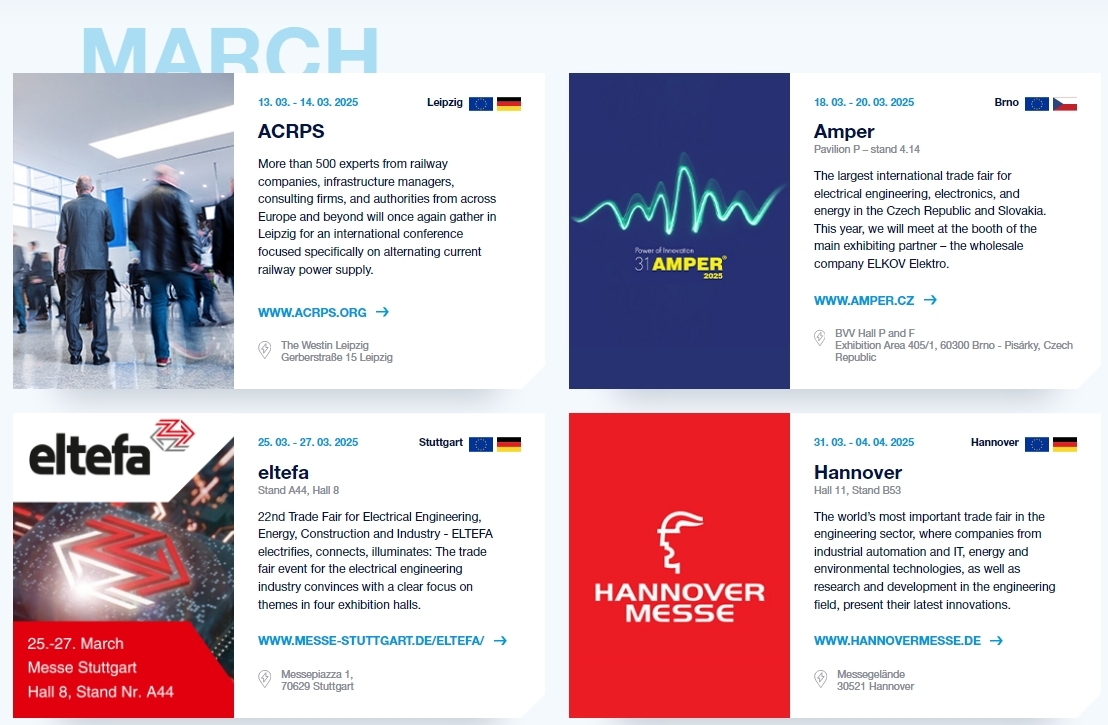Demand for renewable energy, rising energy prices, requirements to be independent from the power grid and other aspects are, among other things, increasing the demand for photovoltaic applications. Requirements on PV applications include their trouble-free operation, as well as ensuring the safety of operation of PV applications for the surrounding area, including the surrounding electrical installations.
There requirements may also be helped by efficient surge protection. However, it is known that not all cases of photovoltaic applications can be handled in an ideal way, and there are also unfavourable cases where photovoltaic panels have to be combined with a lightning protection system (while not maintaining sufficient distance).
For such cases, SALTEK innovated the Type 1 surge protectors (SPDs) designed for the DC part of an up to 1,000 V DC PV installation, and has come to the market with the new FLP-PV1000/Y type. The company also introduced a new type of surge protector FLP-PV1500/Y for installations up to 1,500 V DC. Both types can also be equipped with remote status indication and as such are marketed under the designation FLP-PV1000/YS and FLP-PV1500/YS.
These types are complementary to the Type 1 SPD series for PV, which bears the type designation FLP-PV550 V/U(S). If sufficient distance cannot be maintained, two sets of Type 1 SPDs for PV must always be installed on the DC side (at the inverter and also at the panels). On the AC side of the inverter, a type 1 SPD is then used.
Type 1 SPDs for photovoltaics (FLP-PV...) are also used for central inverters on the DC side of photovoltaic installations in open areas.
Properties of the FLP-PV1000/Y(S) and FLP-PV1500/Y(S) SPDs
- SPD for unfavourably arranged photovoltaic installation (failure to maintain sufficient distance)
- For PV installations up to 1.000 V DC and 1.500 V DC
- According to the CLC/TS 51643-32 standard, they are suitable for objects classified as LPL IV, III, II and I
- SPDs for the protection of central inverters of PV installations in open areas
- Possibility of remote status indication



